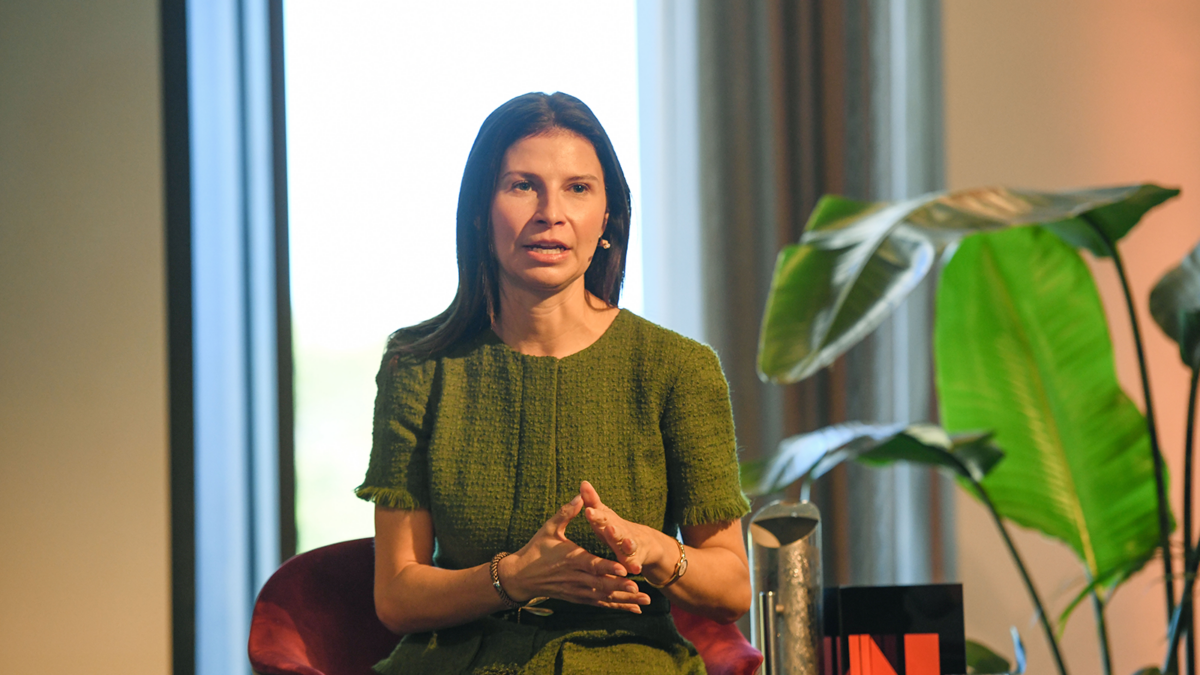Where do we go now?
The eye of the beholder
More than ever, one considers prospects from the domain within one resides. Locally, we in Victoria naturally have a bleak view compared to the states with few COVID cases. Have a conversation with associates in the US on nearly any topic and inevitably strongly held views are exposed.
Opinions on financial markets are similarly diverse, depending on position. Those invested in high-growth companies are firmly of the view that equities can go higher given the equity risk premium; unsurprisingly, value investors don’t buy into this notion. Fixed-income advocates claim to find enough value across the spectrum; others cannot make a case for such low-yielding assets.
It is likely that portfolios are also predominantly in two camps. One, the combination of return seeking high equity weight and higher-yielding credit; while the other is tenaciously defensive in value-oriented equity and low-risk fixed income.
What position could these portfolios take to offset the relatively narrow structural risk within them?
Typically, high-risk is offset with some exposure to bonds. Consider what circumstances could make bonds useful. In the event of further deterioration in economic growth, it is likely central banks will do little on yields, but rather move on other asset classes and expect fiscal measures to do the heavy lifting. The opportunity cost of holding bonds is also very high. Most importantly, the payoff for holding bonds to protect against equity losses implies that there must be a probability of meaningfully negative yields.
Instead, these portfolios may need other, albeit sub-optimal assets, which will depend on what disrupts risk assets. Holding alternative fixed-income securities that will form part of a policy response while vetting the equity portfolio for stocks that are indirect beneficiaries of fiscal expansion could soften the impact of another economic downturn. Specific strategies such as market-neutral equity or long volatility may work, too.
Conversely, any hint of an inflation breakout, much talked of, but essentially discounted in positioning, may not be friendly to high-growth portfolios. If there is progress on a vaccine and reopened economies do get going, structural features and household cash flow could put a squeeze on prices. Few companies will stand in the way of price rises to recover lost ground and some services, for example, travel, are likely to be more expensive for some time. A stock universe that is a beneficiary of inflation is not the one that is performing well today.
A defensive-style asset allocation also has an inflation risk that can be mitigated through some exposure to real assets. But the most problematic issue is the dependence on credit markets in fixed income and the likely balance sheet debt ratios in a value equity subset. The US corporate sector was already relatively leveraged at the end of last year: this year, it has been on an issuance splurge, taking advantage of the appetite for credit securities and low rates. An allocation to moderate-payout dividend stocks may mitigate some credit risk while private debt and distressed debt strategies could benefit in the event that credit unravels.
Bonds may be a spent force in most portfolios, which puts additional pressure to identify other holdings that can, at the very least, spread risk. This is nothing new, but rather than relying on a fund flyer that proclaims an uncorrelated or differentiated style, the question to ask is, ‘which risk is it addressing?’ – policy and economic, or market behaviour and sentiment.











